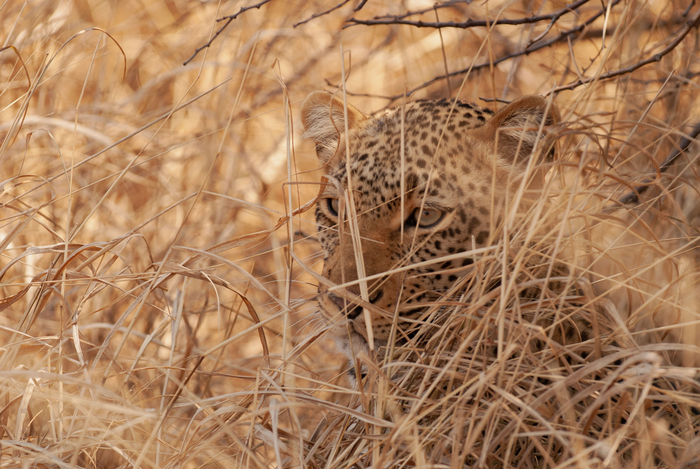Reports of large carnivore attacks on humans have increased since 1970, but the frequency and context of these attacks depends on socioeconomic and environmental factors, according to a new study of over 5,000 reports publishing January 31st in the open access journal PLOS Biology by Giulia Bombieri of MUSE Science Museum in Italy, Vincenzo Penteriani of the National Museum of Natural Science (CSIC) in Spain, and colleagues.

Credit: Vincenzo Penteriani (CC-BY 4.0, https://creativecommons.org/licenses/by/4.0/)
Reports of large carnivore attacks on humans have increased since 1970, but the frequency and context of these attacks depends on socioeconomic and environmental factors, according to a new study of over 5,000 reports publishing January 31st in the open access journal PLOS Biology by Giulia Bombieri of MUSE Science Museum in Italy, Vincenzo Penteriani of the National Museum of Natural Science (CSIC) in Spain, and colleagues.
The researchers collected information about reported attacks on humans by 12 species of carnivores in three families (Ursidae, Felidae, and Canidae) between 1970 and 2019 from published and unpublished scientific papers, web pages, and news reports. They identified 5,089 reported attacks by large carnivores that resulted in injury, of which 32% were fatal. The number of reported attacks increased over the 49-year period, particularly in lower-income countries.
Attacks in high-income countries were most common during recreational activities, such as hiking, camping, or dog-walking, whereas nearly 90% of attacks in low-income countries occurred during livelihood-related activities like farming, fishing, or grazing livestock. Wild felids and canids were responsible for more predatory attacks, but bears were more likely to attack when surprised, defending cubs, or in food-related interactions such as scavenging human food. Most fatal attacks occurred in lower-income countries where tigers and lions are present.
The authors say that approaches to reduce large carnivore attacks should be tailored to the socioeconomic context. In high-income countries, campaigns to educate visitors and residents in large carnivore areas about high-risk behaviors and how to avoid dangerous encounters could be effective. In contrast, in lower-income countries, where co-existence with large carnivores is mostly involuntary, zoning changes that separate humans and livestock from large carnivore habitats, expanding protected areas, and restoring habitat connectivity, would be more appropriate strategies. These preventative measures may be challenging to implement as the global population grows.
Penteriani adds, “When human recreational and/or livelihood activities overlap with large carnivore ranges, it is crucial to understand how to live with species that can pose threats to humans. Factors triggering large carnivore attacks on humans depend on the combination of local socio-economic and ecological factors, which implies that measures to reduce large carnivore attacks must consider the diverse local ecological and social contexts.”
#####
In your coverage, please use this URL to provide access to the freely available paper in PLOS Biology: http://journals.plos.org/plosbiology/article?id=10.1371/journal.pbio.3001946
Citation: Bombieri G, Penteriani V, Almasieh K, Ambarlı H, Ashrafzadeh MR, Das CS, et al. (2023) A worldwide perspective on large carnivore attacks on humans. PLoS Biol 21(1): e3001946. https://doi.org/10.1371/journal.pbio.3001946
Author Countries: Italy, Spain, Iran, Turkey, Germany, India, United States of America, Mexico, Tanzania, Venezuela, Russia, Nepal, Kenya, Malaysia, JapanFunding: VP was financially supported by the Project PID2020-114181GB-I00 financed by the Spanish Ministry of Science and Innovation, the Agencia Estatal de Investigación (AEI), and the Fondo Europeo de Desarrollo Regional (FEDER, EU). The funders had no role in study design, data collection and analysis, decision to publish, or preparation of the manuscript.
Journal
PLoS Biology
DOI
10.1371/journal.pbio.3001946
Method of Research
Observational study
Subject of Research
Animals
COI Statement
Competing interests: The authors have declared that no competing interests exist.



